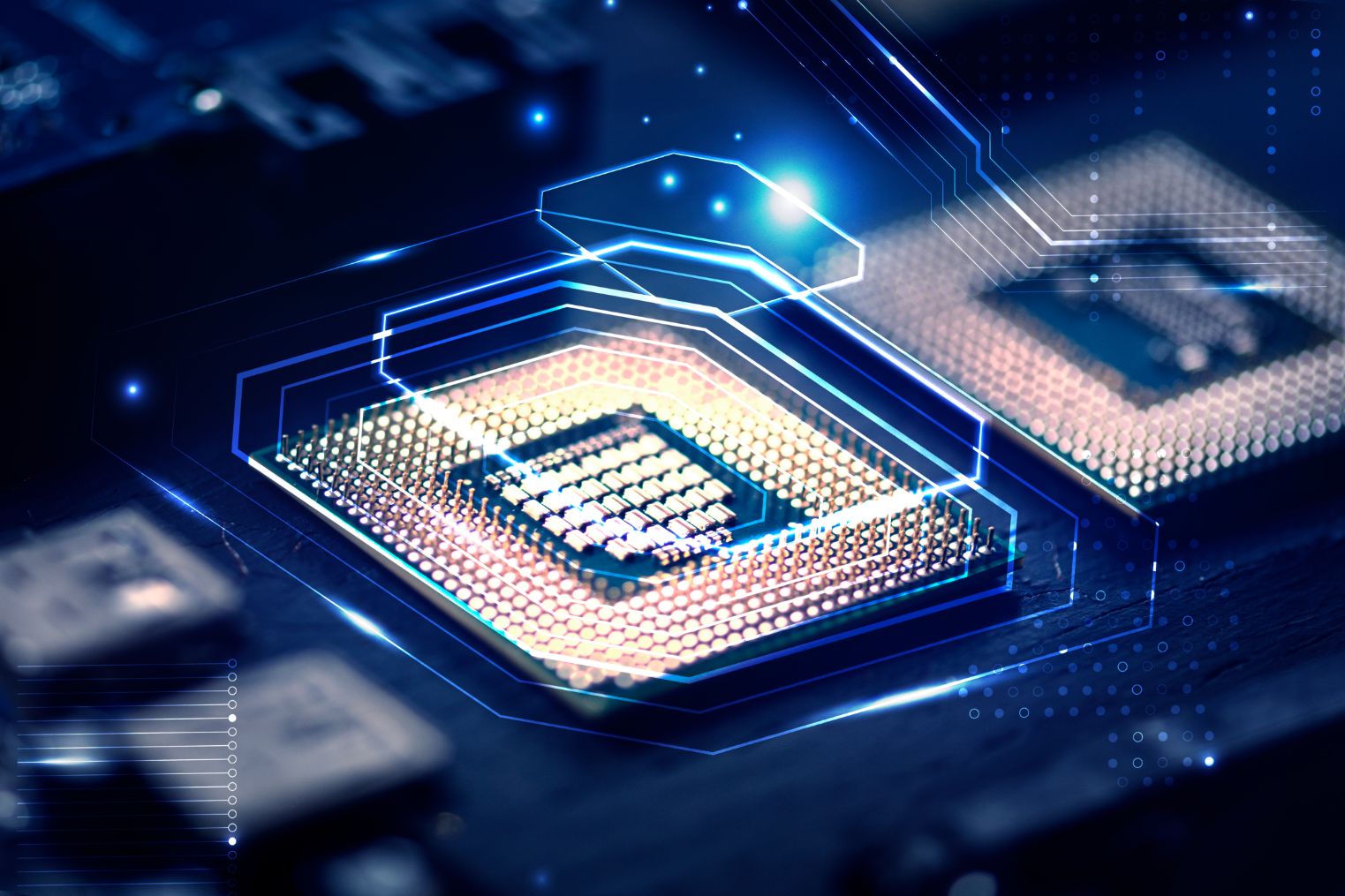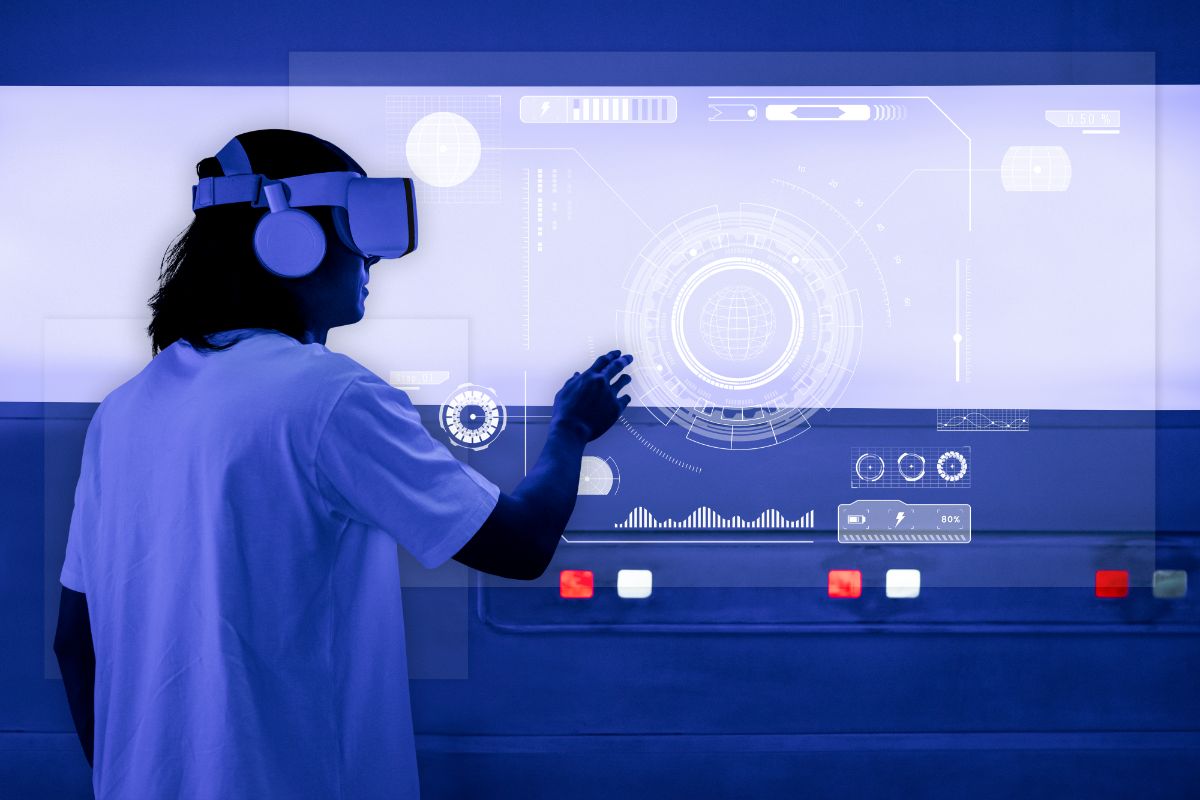Deep Learning AI Explained: Neural Networks
Ballyhooed artificial-intelligence strategy known as “deep learning” revitalises 70-year-old suggestion.
Over the last 10 years, the best-performing artificial-intelligence bodies– including the speech recognisers on mobile phones or Google’s most current automated translator have arisen from an approach get in touch with “deep learning.”
Deep learning remains, in simple fact, a brand-new title for a technique to artificial intelligence called semantic networks, which have been going in as well as obsolescent for more than 70 years. Neural systems were first proposed in 1944 through McCullough and Walter, University of Chicago experts who transferred to MIT in 1952 as charter members of what occasionally got in touch with the initial intellectual science team.
Neural nets were a central place of study in both neuroscience and information technology until 1969, when, depending on computer science tradition, they were decimated due to the MIT mathematicians Marvin Minsky and Seymour Papert. He, a year later, would certainly become co-directors of the brand-new MIT Artificial Intelligence Laboratory.
Many uses of deep learning use “convolutional” neural networks, through which the nodes of each layer are gathered, the collections overlap, and each cluster supplies data to numerous nodules (orange and eco-friendly) of the upcoming coating. Debt: Jose-Luis Olivares/MIT
The approach after that appreciated a resurgence in the 1980s, came under eclipse once again in the initial decade of the current century and has come back like gangbusters in the 2nd, fed largely by the raised processing power of graphics chips.
There’s this idea that ideas in technical research are a bit like outbreaks of infections, states Tomaso Poggio, the Eugene McDermott Professor of Mind and Cognitive Sciences at MIT, an investigator at MIT’s McGovern Principle for Brain Investigation, as well as supervisor of MIT’s Middle for Equipment, minds, and also thoughts. There are seemingly five or six essential strains of influenza infections, and everyone comes back along with a period of around 25 years. Individuals obtain corrupted and establish an immune system reaction, so they don’t receive contamination for the next 25 years. And then there is a new generation ready to become corrupted by the same stress of infection. In scientific research, individuals love a tip, obtain thrilled concerning it, hammer it to death, and receive the protection they get tired of it. Suggestions must have the very same kind of periodicity!
Weighty concerns
Neural nets are a way of performing machine learning, in which a personal computer discovers to execute some duty by assessing instruction instances. Usually, the instances have been hand-labelled earlier. An object awareness body, for instance, may feed thousands of tagged pictures of automobiles, properties, mugs, and more. It would also locate aesthetic styles in the graphics that continually correlate with particular tags.
Modelled loosely on the individual mind, a neural net comprises many thousands or numerous precise handling densely related nodes. Most utmost of today’s neural nets is arranged into layers of nodules. Also, they are actually “feed-forward,” suggesting that recording techniques via all of them in only one path. A personal nodule could be connected to several nodes in the coating beneath it, where it obtains information, and several nodules in the level above it, to which it sends records.
A nodule will certainly designate a variety referred to as a “body weight.” When the network is active, the nodule obtains various data things a different number over each relationship and multiplies it due to the affiliated weight. It then includes the top products altogether, producing a single number. The node passes no records to the next coating if that variety is below a limit worth. If the number goes beyond the limit market value, the node “fires,” which in today’s neural nets generally implies delivering the amount– the total of the heavy inputs along with all its outbound relationships.
When a neural net is being trained, its weights and limits are set to random values. Training data is fed down coating the input coating. It goes through the successive layers, increasing and totalling in sophisticated ways, until it eventually gets here, radically completely transformed, at the resulting level. In training, the body weights and thresholds are consistently readjusted till instruction records with the same labels regularly produce comparable outputs.
Equipment and also minds
The neural nets defined next to McCullough and Pitts in 1944 had limits and body weights, but they weren’t arranged into levels, and the analysts did not specify any instruction system. McCullough and Pitts showed that a nervous net could, in the yardstick, calculate any quality that a PC could. The outcome was a lot more neuroscience than computer science: The factor suggested that the individual mind may be taken a computer.
Neural nets continue to be an important tool for neuroscientific study. Particular network styles or even rules for changing body weights and limits have multiplied monitored functions of human neuroanatomy and cognition, indicating that they grab something regarding just how the brain processes information.
The first manageable semantic system, the Perceptron, as demonstrated due to the Cornell Education institution psychologist Frank in 1957. The Perceptron’s design was comparable to the present-day neural web; apart from that, it possessed a single layer and changeable body weights and limits sandwiched between input and output coatings.
Perceptrons were an active location of a research study in both psychological science and the new field of information technology until 1959 when Minsky and Papert released a publication entitled “Perceptrons,” which demonstrated that performing specific relatively common calculations on Perceptrons would be impractically opportunity consuming.
Of course, every one of these constraints kind of vanishes if you take machines that are a bit more complicated– like, pair of coatings, Poggio states. At the time, the manual had a relaxing impact on the neural-net study.
It would help if you placed these things in a historical context, Poggio states. “They were justifying computer programming for languages like Lisp. Not many years in the past, folks were still using analogue pcs. It was not clear whatsoever at the time that computer programming was the way to go. I believe they went a little bit over the top; however, customarily, it’s white-coloured as well as not dark. If you consider this as this competitor between analogue computer and digital computing, they defended the best trait.
Periodicity
By the 1980s, scientists had established protocols for customising neural nets’ weights and limits that were efficient enough for connecting with greater than one coating, getting rid of a lot of the constraints recognised through Minsky and Papert. The area took pleasure in a renaissance.
Intellectually, there’s something unsatisfying regarding neural webs. Sufficient training may revise a system’s settings to the aspect that it can favourably classify data; however, what perform those settings imply?
In recent times, computer researchers have developed clever methods for surmising the analytic techniques embraced by neural nets. However, in the 1980s, the networks’ tactics were cryptic. Thus around the turn of the century, semantic networks were superseded by reinforcement angle devices, an alternative approach to artificial intelligence that’s based upon some elegant and quite well-maintained maths.
The current resurgence in neural networks– the deep-learning change– happens thanks to the computer-game sector. The structure photos and fast rate of today’s computer game call for hardware that can easily maintain. As a result, the graphics processing system (GPU) has been loaded with hundreds of pretty easy processing centres on a solitary chip. It didn’t take crave scientists to discover that the design of a GPU is amazingly like that of a neural net.
Modern GPUs permitted the one-layer networks of the 1960s and the 2- to three-layer networks of the 1980s to bloom into the 10, 15, even 50 layer networks these days. That’s what the “deep” in “deep learning” pertains to the depth of the network’s levels. And also, presently, deep learning is in charge of the best-performing systems in practically every area of an artificial intelligence investigation.
Under the bonnet
The networks’ opacity is still disturbing to thinkers, but there is also ground about that front end. Besides sending the Midpoint for Devices, minds, and minds (CBMM), Poggio leads the core’s research system in Theoretical Structures for Cleverness. Just recently, Poggio and his CBMM colleagues have launched a three-part academic study of semantic networks.
The initial part, published in the International Diary of Automation and Computing, takes care of the variety of calculations that deep-learning networks can perform and when deep networks use advantages over shallower ones. Parts two and also three, which have been released as CBMM specialised reports, take care of the complications of worldwide optimisation or even promise that a system has found the environments that perfect accord with its training records, and also overfitting, or instances in which the network ends up being thus turned to the specifics of its instruction information that it fails to generalise to various other cases of the very same classifications.
There are still loads of theoretical inquiries to respond to; however, CBMM scientists’ job can aid make sure that neural networks ultimately break the generational cycle that has brought them basics of benefit for 7 decades.




